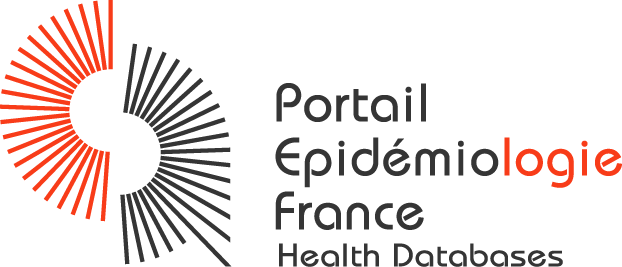RaDiCo-PID - Idiopathic Interstitial Pneumonia: From Infancy to Elderly
Responsable(s) :
CLEMENT Annick, Inserm UMR S 933
Objectif principal
Primary Objective
The main objective is to describe the phenotypic features of the paediatric and adult patients with IIP/PID, at diagnosis and during the follow-up. These data will be critical for the description of the natural history of the various forms of IIP/PID.
Secondary Objectives
The secondary objectives are to:
• Identify gene factors involved in disease initiation and progression,
• Investigate the extent to which environmental and co-morbidity factors may influence disease severity and outcome
• Identify and validate biomarkers for disease diagnosis and progression
Exploratory objectives
• Production of improved strategies for patient recruitment and enrolment into clinical trials
• Development of novel strategy for patient follow-up
• Development of novel diagnostic approaches
• Evaluation of effect on natural history of disease, and tolerance of therapy, in a large population in real life
• Development of novel therapeutic approaches
Information Technology Objectives
• Develop and diffuse an electronic tool of data collection from various sources linked to a database integrating a system of management and follow-up of data-management allowing collection of data for IIP/PID paediatric and adult patients.
• Include data generated by patients and, where relevant, their parents and/or carers.
Critères d'inclusion
Patient with a diagnosis of IIP/PID
IIP/PID diagnosis is established on presenting history, clinical, radiological and functional and if available pathological findings. Inclusion criteria include:
Clinical criteria: chronic respiratory insufficiency manifestations including dyspnea/tachypnea, cough, and cyanosis during exercise or at rest
Radiological criteria: characteristic chest High-Resolution Computed Tomography (HRCT) abnormalities including widespread ground glass or alveolar attenuation, reticulation often associated with traction bronchiectasis, and honeycombing
Functional criteria: pulmonary function test abnormalities reflecting a restrictive pattern and including: loss of lung volume, vital capacity (VC), total lung capacity (TLC); reduction in the diffusion capacity of the lung for carbon monoxide (DLCO), gas exchange abnormalities, and altered ventilatory response to exercise
Patients (parents/guardians for paediatric/patients) having given an informed consent to participate in the protocol
Patients affiliated to the “Regime National d’Assurance Maladie”
Non-inclusion Criteria
Patients with diffuse parenchymal lung diseases caused by drug toxicity, immunodeficiency, proliferative disorders including histiocytosis, and metabolic disorders
Patients (parents/guardians for paediatric patient) not able to approve/understand the protocol
 ITMO Santé Publique
ITMO Santé Publique
